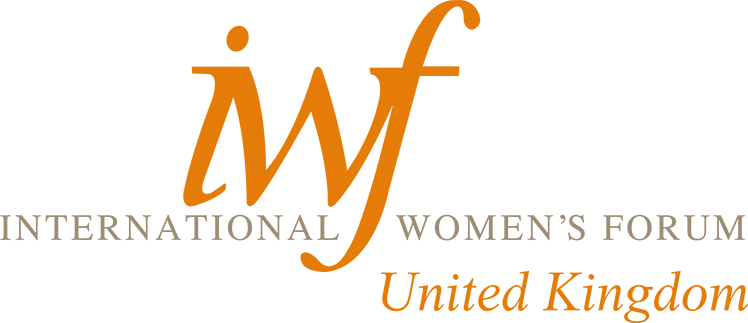Tackling Tumult: Triaging Today’s Marketing Turbulence
AI, geopolitics, DEI rollbacks — the pace of change is relentless. But what if these aren’t problems to solve, but dilemmas to navigate?
Allyson Stewart-Allen, IWF UK member & CEO, International Marketing Partners reveals how “both-and” thinking can help leaders thrive in today’s volatile world.
Imagine you are reading this in Autumn 2024, when the world was calmer, more predictable. You may not have been as preoccupied as you are now by the implications of AI on your Marketing practices or teams, the employer brand impact of DEI roll-backs by US business partners or possibly your own company, the general lurch to the right of many political parties and governments around the world or the exposure to tariffs on your exports.
In this brief 12 months, your world, your organisation and the marketing function have changed rapidly and likely permanently. Is globalisation still the holy grail for your sector now it’s seen with scepticism in the light of fragmenting markets wanting reassurance that your services or products genuinely cater to local preferences? How are you answering mounting expectations from stakeholders on your impact on the environment? How are you using AI and the ethics around it for Marketing, Sales, Customer Service and other activities in your organisation?
Problems vs. Dilemmas
So to help you make sense of this ever-increasing VUCA (volatile, uncertain, complex, ambiguous) environment, you may find it helps to frame these developments not as problems but to see them in the widest context as dilemmas which require “both and” thinking rather than “either or” choices. This opens up a more creative and wider range of options that will typically deliver more profitability.
Usually we see a problem as something with a discrete beginning, middle and end which must be erased, eradicated, fixed, solved. A problem, such as making changes to your brand’s name to have relevance around the world is readily fixable and once done, typically never recurs.
A dilemma is when you are faced with two competing tensions requiring your focus on both at the same time. Each ongoing tension influences the other and has clear advantages and disadvantages which must be integrated rather than addressed separately. Without addressing this “both and” challenge, you will find this issue recurs with much short-term attention and budget wasted in trying to “solve” it.
Unpacking Dilemmas
Let’s take a business dilemma you probably are facing today: the global/local challenge which affects any business that has a website since that global platform lets you engage the world.
While it may seem daunting to integrate these poles, in fact it’s not as difficult as you might think.
The first step after naming the two tensions is to list a few of the pros and cons of each (a 2x2 matrix can help!) in each quadrant which your team can help you list.
Next, develop a long-list of strategy options that get the best of (mostly) both by answering the question “how might we do global and local so we get the benefits of both marketing approaches?”
Finally, choose some criteria to help whittle it down to a workable few: consider the amount of complexity your organisation can tolerate, the amount of cash required, the breadth of internal stakeholders to be engaged or possibly how much time it would take to change today’s approaches.
You’ll find once you reframe your international marketing challenge as a dilemma, greater success will accrue through organising around customers/clients/consumers who expect mostly the same benefits from your offering while giving you the flexibility (and revenues!) to adjust for country or regional preferences at the same time.
Your ambidexterity will certainly be rewarded as will your reputation as a commercial leader.
